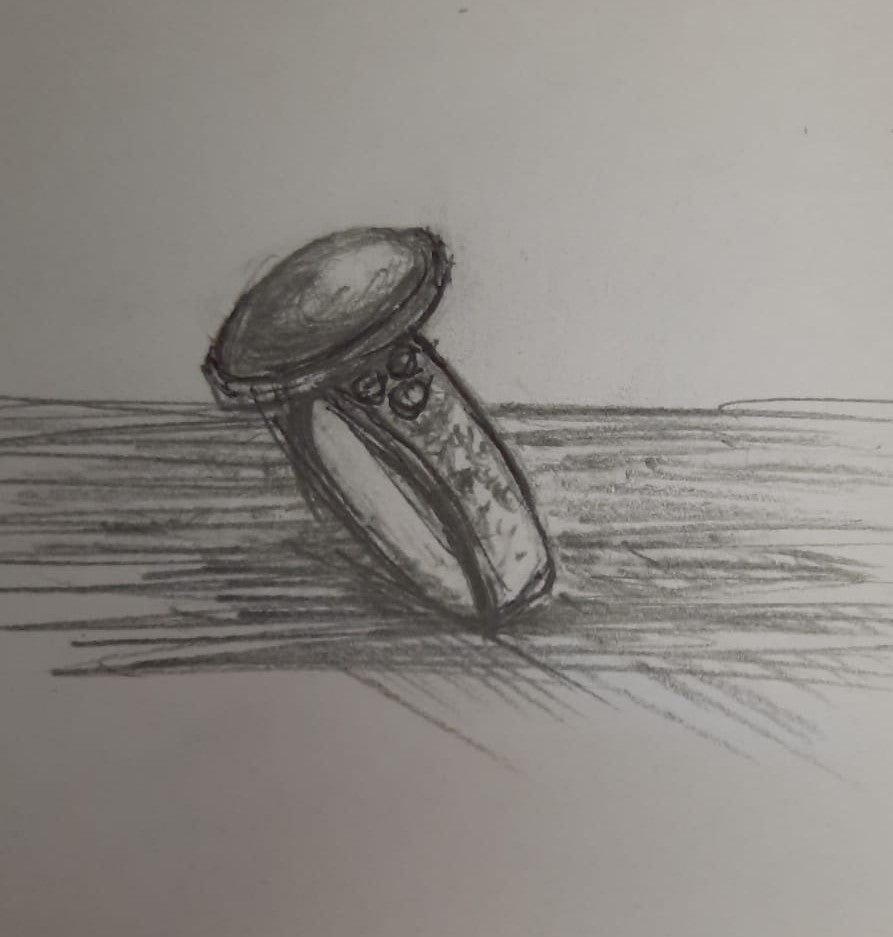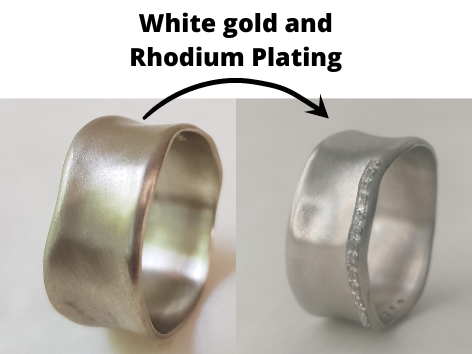Diamonds are not just dazzling gemstones; they are a symbol of luxury and eternal love. But what gives a diamond its extraordinary sparkle and value?
Enter the 4 C's - Cut, Color, Clarity, and Carat Weight. These four criteria are the universal standards used to evaluate and compare diamonds.
Today I will explain each of the 4 C's and what makes each one crucial in determining a diamond's quality and value.
- Cut:
The cut of a diamond refers to how it has been shaped and faceted from its rough natural form. It's often considered the most critical of the 4 C's because it directly affects a diamond's sparkle. A well-cut diamond will reflect and refract light so that it appears alive.
Factors to Consider:
-
- Proportions: The angles and dimensions of the facets must be precisely cut to allow light to bounce within the diamond and back to the observer's eye.
- Symmetry: Perfectly aligned facets ensure balanced light dispersion, resulting in maximum sparkle.
- Polish: Smooth, polished surfaces are essential for light to pass through without distortion.
- Color:
Diamonds come in a spectrum of colors, ranging from colorless to light yellow or brown. The Gemological Institute of America (GIA) grades diamonds on a scale from D (colorless) to Z (light yellow or brown). The less color a diamond exhibits, the more valuable it is considered.
-
Factors to Consider:
- Color Grading: A professional gemologist assesses the diamond's hue under controlled lighting conditions to assign it a grade.
- Comparisons: Diamonds are compared against a set of master stones of known colors to determine their grade.
- Clarity:
Clarity refers to the presence of internal and external flaws, known as inclusions and blemishes, respectively. These naturally occurring characteristics are like a diamond's birthmarks. The GIA grades clarity on a scale ranging from Flawless (no inclusions or blemishes visible under 10x magnification) to Included (inclusions and/or blemishes visible to the naked eye).
-
Factors to Consider:
- Size, Location, and Number of Inclusions: Larger or more numerous inclusions can affect a diamond's overall appearance and value.
- Nature of Inclusions: Some inclusions are less noticeable than others. For example, white inclusions may be less visible than black or colored ones.
- Carat Weight:
Carat weight is a measure of a diamond's size. One carat is equivalent to 200 milligrams. Larger diamonds are rarer and therefore more valuable, but two diamonds of equal weight can have different values depending on their other three C's.
-
Factors to Consider:
- Balancing the 4 C's: It's important to consider carat weight in conjunction with the other three C's. A larger diamond with lower cut, color, or clarity grades may not necessarily be more valuable.
It is important for me that my customers understand the 4 C's of diamonds so that you are able to make informed decisions when purchasing diamond jewellery.
Each "C" plays a vital role in determining a diamond's quality and value, and finding the right balance among them ensures you choose a diamond that suits your preferences and budget. Whether you're selecting a diamond for an engagement ring, a special gift, a timeless air loom, knowing the 4 C's will help you make a choice that will be cherished for generations to come.
Most of my diamonds are a minimum of:
Clarity: SI1-2
Color: G
Cut: Excellent
Zadok is a certified gemmologist and will be more that happy to help you find the right diamond for you! Please do not hesitate to get in touch!


